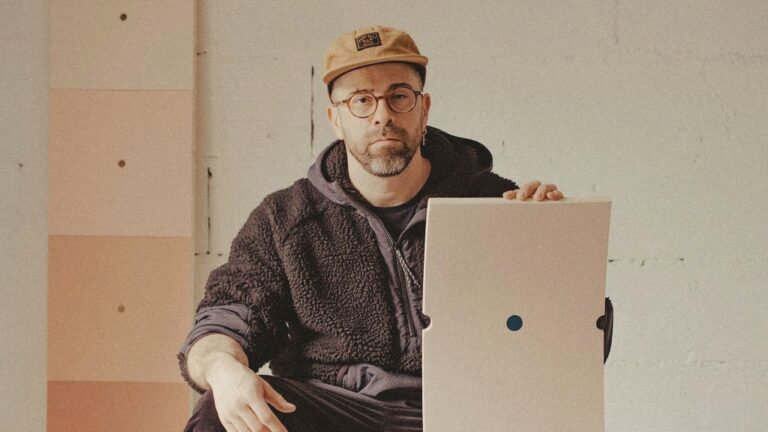
A Conversation with Alejandro Javaloyas
A Studio Visit During the La BIBI Residency
During the 1940s in New York, a circle of abstract painters emerged onto the art scene, as a new and collective voice for American art. One of these artists from this generation, would redefine abstract painting radically, and ingeniously, creating a new form of abstract painting during an illustrious career encompassing five decades of art.
Mark Rothko, born in 1903 in Daugavpils, Latvia, and passed away in 1970 in New York City, the United States of America, is one of the most celebrated artists of his generation, pioneering Abstract Expressionism and Color Field Painting.
His works are marked by a radical approach towards the formal elements of painting – think of color, shape, composition, and scale – producing mesmerizing tableaus, most often large in scale, composing vertically aligned rectangular forms of large planes of color. Rothko layers these shapes, creating horizontal bands in which the adjacent colors tremble, vibrate, and even seem to emanate light.
These radical abstract works seem to be imbued by the presence of a high philosophical truth. A spiritual character resides beneath the brushstrokes. Rothko succeeds in having a direct emotional impact with the beholder, in a similar way as music. His works are also linked to tragedy, ecstasy, and the sublime. Rothko believed strongly an abstract painting can directly represent the fundamental nature of human drama. In fact, he struggled with his own human drama, as a troubled figure with tormented thoughts, suffering off melancholia, before committing suicide in 1970 in New York City. This is the story of: Mark Rothko.
S.n.: This overview is a summarized version of the National Gallery of Art’s extensive take on the illustrious career of Mark Rothko.[1]
September 25 in 1903, Marcus Rothkowitz was born in Dvinsk, Russia – known today as Daugavpils, Latvia. The Rothko’s immigrated to the United States when Marcus, their fourth and youngest child, was just 10 years old.
The Latvian family settled in Portland, Oregon. Mark Rothko wanted to become an engineer or an attorney, so he went to the Yale University in 1921. But in the end, he gave up his studies just two years later, set to move to New York City in 1923 and to pursue his true avocation: art.
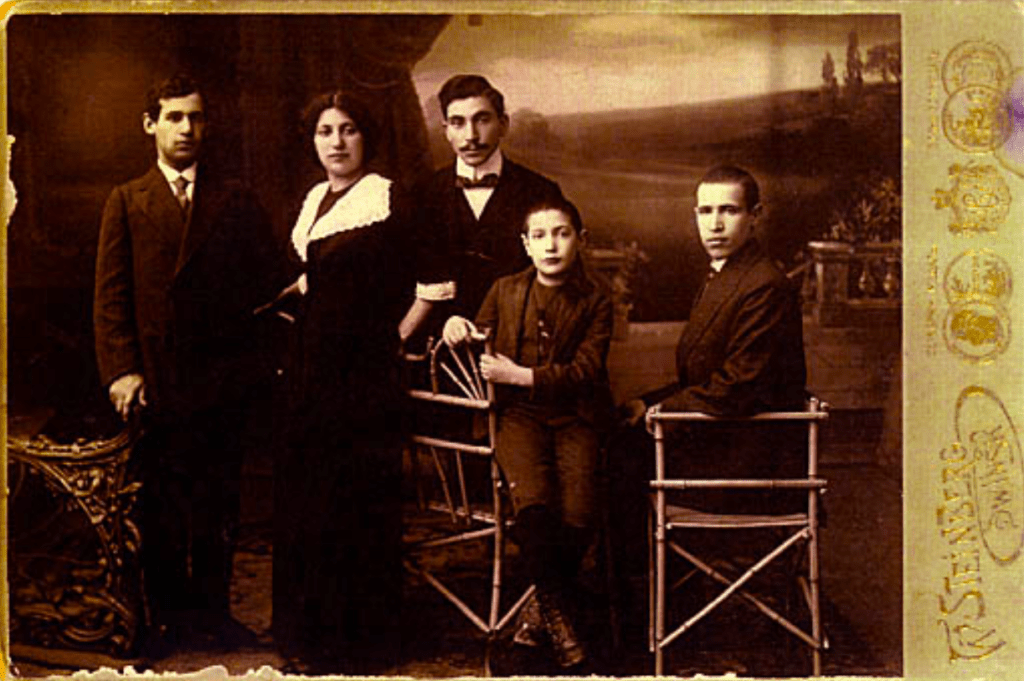
Rothko attended art classes studying under Max Weber at the Art Students League. Here we encounter his earliest works, figurative, and reminiscent of modern masters such as Paul Cézanne. During the roaring twenties, Rothko met Milton Avery, a modernist painter occupied with depicting domestic subjects in a colorful yet simplified manner. Avery would have a great deal of influence on the young Mark Rothko. In fact, they were featured side by side in one of Rothko’s first exhibitions at Opportunity Gallery in New York in 1928.
While also teaching children at the Center Academy of the Brooklyn Jewish Center, during the 1930s Rothko mainly painted street scenes, subway scenes, and interiors, often populated with enigmatic figures. As a true modernist, he rejected conventional naturalistic representation, and emphasized on the emotional aspect of the subject. He would have his first solo shows in 1933 at the Museum of Art in Portland, Oregon, and the Contemporary Arts Gallery in New York. During the second half the decade, Rothko bundled forces with nine other artists, forming ‘the Ten’, showcasing his expressionist paintings alongside his colleagues.
“Rather than providing a “realistic” portrayal of city life, Rothko seems far more interested in conveying the perceptual experience of architectural space, using abstract compositional arrangements, to explore the relationship between the painting and its viewer, an element that would play a critical role in the artist’s later works.”[2]
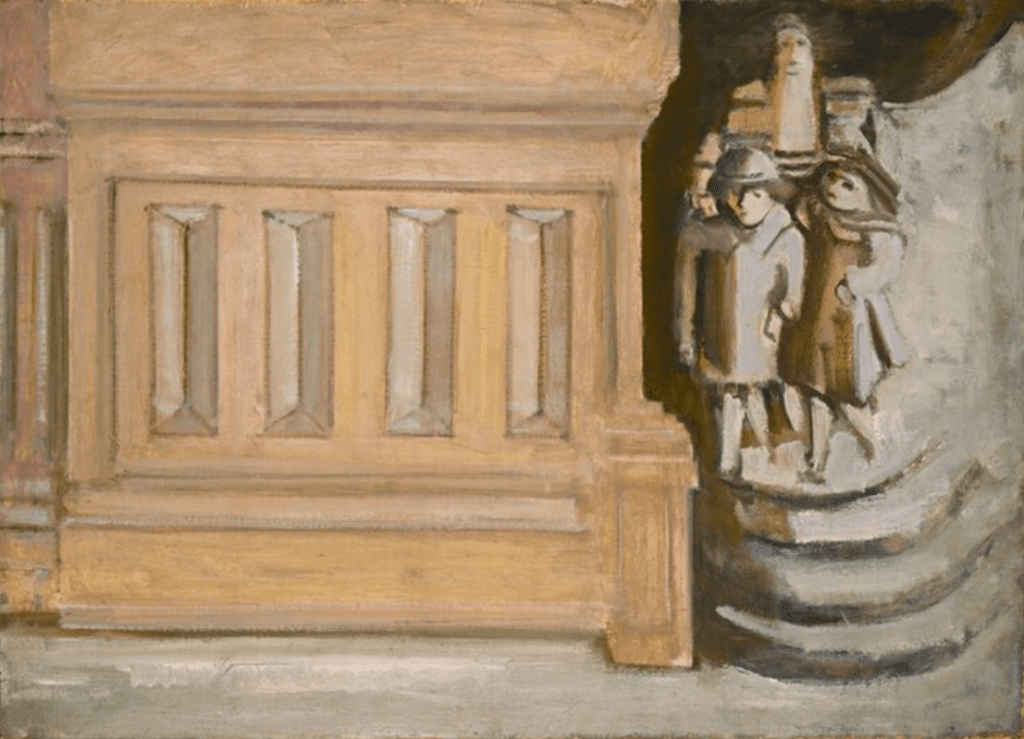
The following decade, Rothko’s works had a much stronger symbolic character. Due to the social climate of collective anxiety, the depression of the 1930s, fascism and the Second World War, Rothko felt the figure could not express the profound magnitude of the tragedy of the human condition. Doing so, Rothko and his contemporaries where in search for a new visual language, new idioms, and new esthetics.
“It is a widely accepted notion among painters that it does not matter what one paints, as long as it is well painted. This is the essence of academicism. There is no such thing as a good painting about nothing. We assert that the subject is crucial and only that subject matter is valid which is tragic and timeless. That is why we profess a spiritual kinship with primitive and archaic art.” (Mark Rothko, Adolph Gottlieb and Barnett Newman to the New York Times, 1943).
As a result, his works during the 1940s are marked by myths and symbols. Rothko finds inspiration from classical literature such as greek mythology or religious literature such as the Old and New Testament. With several of his paintings referring to specific passages from the aforementioned sources, Rothko does not aim to deal with the anecdote in particular, but tries to grasp the spirit and myth of the passage, which is connected to all great stories and myths, and of all times. This universal and structural aspect is crucial when it comes to the understanding of Rothko’s oeuvre, including his main body of abstract works.
During this period, his perspective on the subject matter of his painting led to a stylistic change. Inspired by surrealism, the Latvian-American artist loosened up his technique, letting in creative forces of the unconscious, resulting in a development towards a more abstract visual language. By manner of diluting his pigments and painting in very thin, overlapping glazes, he achieves a certain luminosity and vibrance in his works. The elements of surrealism and myth have disappeared into his non-objective compositions, with horizontal bands, and indeterminate shapes. Rothko’s career reaches a crucial turning point.
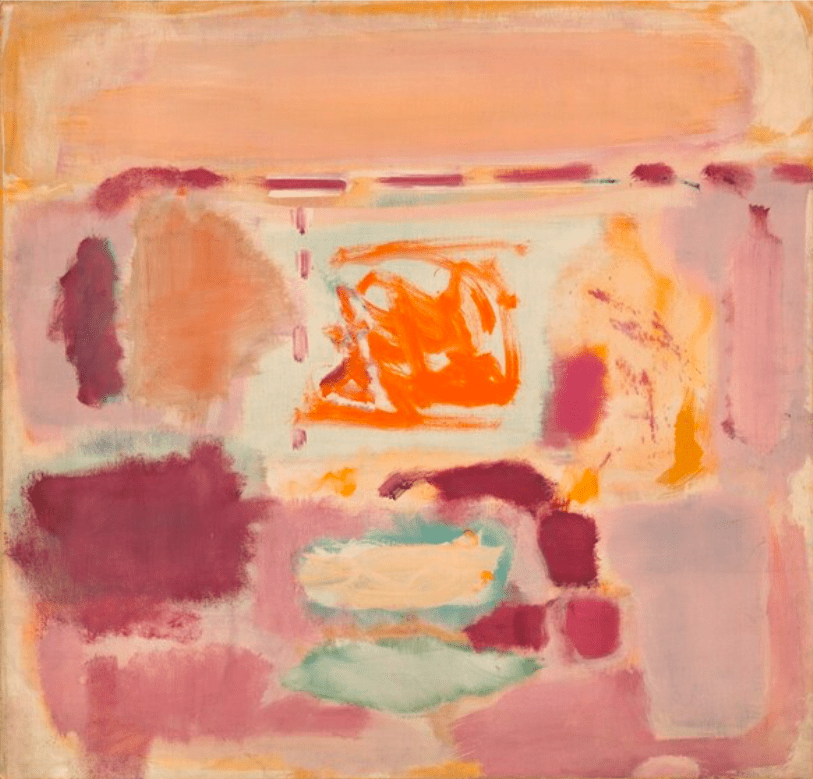
From 1947 up to 1949, Rothko’s paintings shifted into his characteristic color field paintings, which he would continue to paint until his passing in 1970. During this transition period, Rothko would first start to number his paintings instead of giving conventional titles. Further, the amount of floating rectangles would be reduced up to two, three or four, resulting in his characteristic format/formula we know today. Also, the American abstract painter started to refuse to explain the meaning of his works. “Silence is so accurate.” He feared the explanatory words would paralyze the viewer’s imagination or personal interpretation.
Rothko experimented with his paint, combining both oil- and egg-based paint, applying them in thin washes onto the canvas. The deceivingly simple compositions are in fact filled with painterly effects and techniques. The large scale of his canvases was not a quest for monumentality, but a for intimacy and humanity. Doing so, one is able to approach the picture closely, resulting in an experience within the picture, instead of from a distance. Further, small scale works lend themselves more to narrative painting, whereas large pictures – in the tradition of monumental history painting – are like dramas, with the viewer being a participant in this drama in a very direct manner. Hence, the true value of his works is their potential for symbolic or metaphysical meaning.
During the late 1940s and especially throughout the 1950s, Rothko’s fame was increasing exponentially. He travelled to Europe and became a highly successful artist. However, at the same time he felt a growing personal seclusion. Rothko believed he was a misunderstood artist, and his works were often bought for the wrong reason, nor did the critics and audiences truly grasp the meaning of his works. They categorized them as abstraction, whereas Rothko intended to go beyond abstraction.
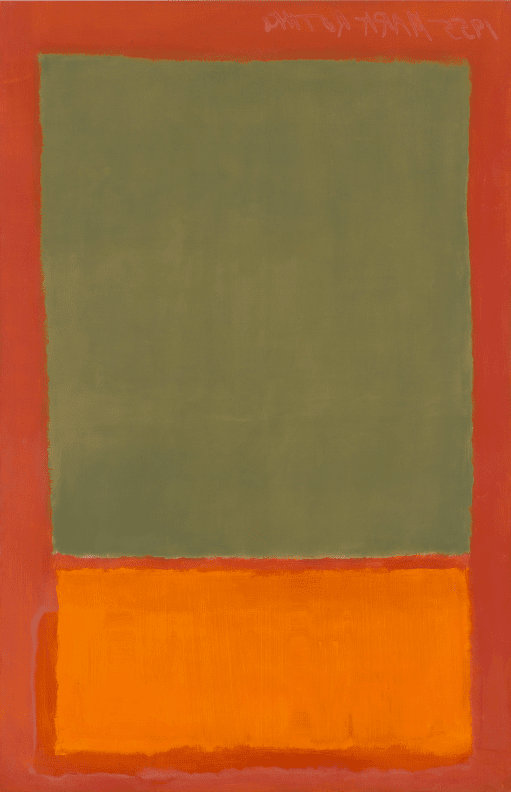
During the late 1950s, often referred to as his late works (1959-1970), Rothko’s palette began to darken dramatically. At this point, Rothko took on the mural commission in the Seagram Building in New York City, altering his motif from a closed to an open from, as if he depicted a portal. Throughout the 1960s, his darkened palette dominated his works, as if “poems of the night” (Dore Ashton).
From 1964 until 1967, Rothko worked on the famous Rothko Chapel paintings. He turned away from the more radiant paintings of the previous decade, emphasizing on the perceptual subtlety of his works. The works in question evoke a sensation of enclosure, which lends to meditation, resulting in the strongly spiritual nature of the chapel.
According the Rothko’s reading of Nietzsche, his works could be a representation of the opposition of the rational versus the emotional, in the abstract versus the primal. The impression of vast space results in the historical concept of the sublime, which can be described as a quasi-religious experience of limitless immensity. This is exactly what Rothko’s works achieve. They create their own sacrosanct environment, going beyond abstraction, and beyond painting, and even beyond life.
In 1968, Rothko was diagnosed with an aortic aneurysm. The abstract artist was a problematic drinker and smoked heavily. He was forced to stop painting these monumental works due to his health problems. His bad health, impotence, nervousness and restless character culminated in the end of his relationship. Rothko and his wife Mell went their own way on New Year’s Day in 1969. He moved into his studio, where he would be found dead on the kitchen floor in February 25 of 1970 by his studio assistant. The artist had committed suicide, by manner of overdose and a cut in his artery with a razor blade. The very same day, his Seagram Murals arrived in London for display at the Tate Gallery, and are still on view up to this very day.
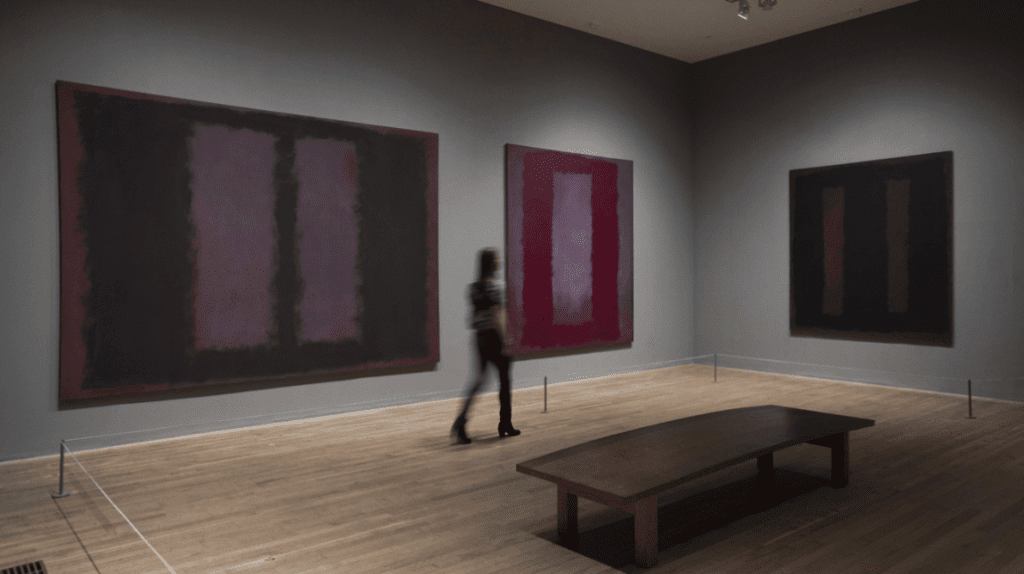
Mark Rothko’s illustrious career has had numerous highlights. As a result, the Mark Rothko Foundation works in close cooperation with industry leading art galleries such as Pace Gallery up to this day.
Rothko has had group and solo exhibitions at renowned institutions, such as the Stedelijk Museum in Schiedam, the Netherlands; the Kunsthistorisches Museum in Vienna, Austria; the Museum of Fine Arts in Boston, the United States of America; The Museum of Fine Arts in Houston, the United States of America; the Hangaram Art Museum in Seoul, South-Korea; The Harvard Art Museum in Cambridge, the United Kingdom; the Gemeentemuseum in Den Hague, the Netherlands; the Columbia Museum of Art in South Carolina, the United States of America; the Columbus Museum of Art in Ohio, the United States of America; the Denver Art Museum, the United States of America; the Portland Art Museum in Oregon, the United States of America; the National Gallery of Art in Washington D.C., the United States of America; Tate Modern in London, the United Kingdom; the Tel Aviv Museum, Israel; the Guggenheim in Bilbao, Spain; the State Hermitage Museum in St. Petersburg, Russia; the Fondation Beyeler in Basel, Switzerland; to name just a few.
As a result, Mark Rothko features in numerous renowned public collections, encompassing the Akron Art Museum in Ohio, the United States of America; the Museum at Stanford University in California, the United States of America; the Art Institute of Chicago in Illinois, the United States of America; the Brooklyn Museum in New York, the United States of America; the Cleveland Museum of Art in Ohio, the United States of America; the Dallas Museum of Art in Texas, the United States of America; the Fine Arts Museums of San Francisco in California, the United States of America; the Folkwang Museum in Essen, Germany; the Fondation Beyeler in Basel, Switzerland; the Guggenheim Museum in Bilbao, Spain; the Hirshhorn Museum and Sculpture Garden in Washington D.C., the United States of America; the Kunstmuseum in Basel, Switzerland; the Los Angeles County Museum of Art, California, the United States of America; the Louvre Abu Dhabi, United Arab Emirates, the Metropolitan Museum of Art in New York, the United States of America; and more.[3]
For further reading on Mark Rothko, we highly recommend the following titles:
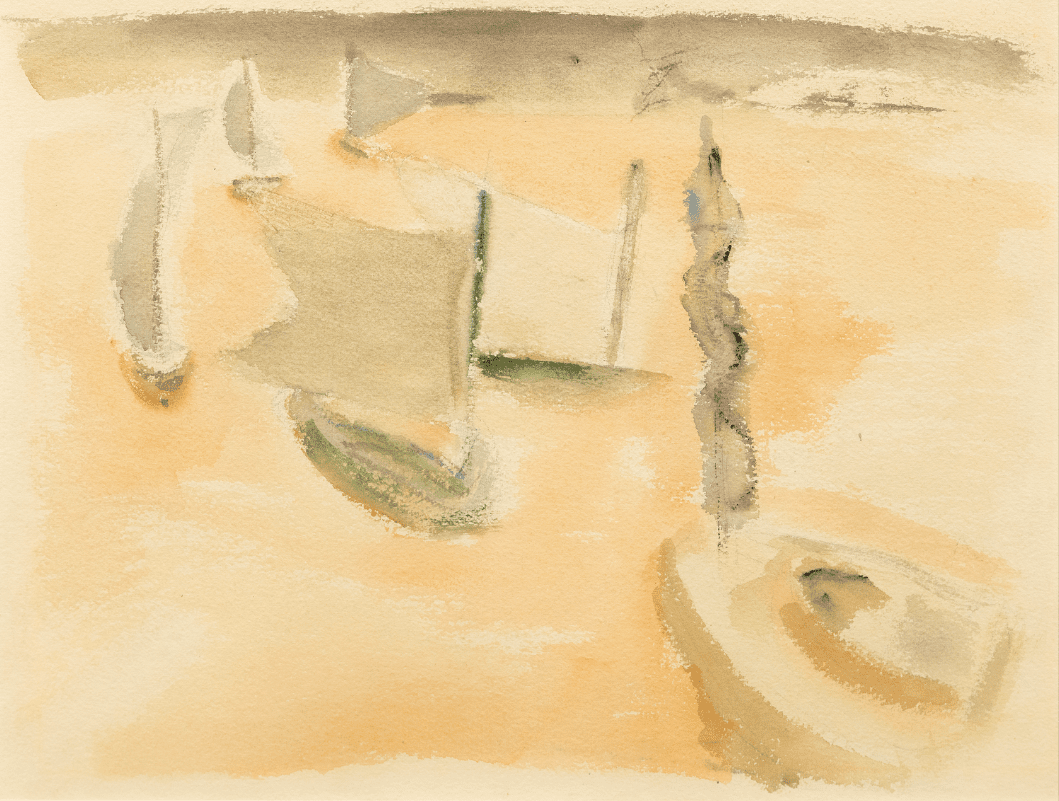
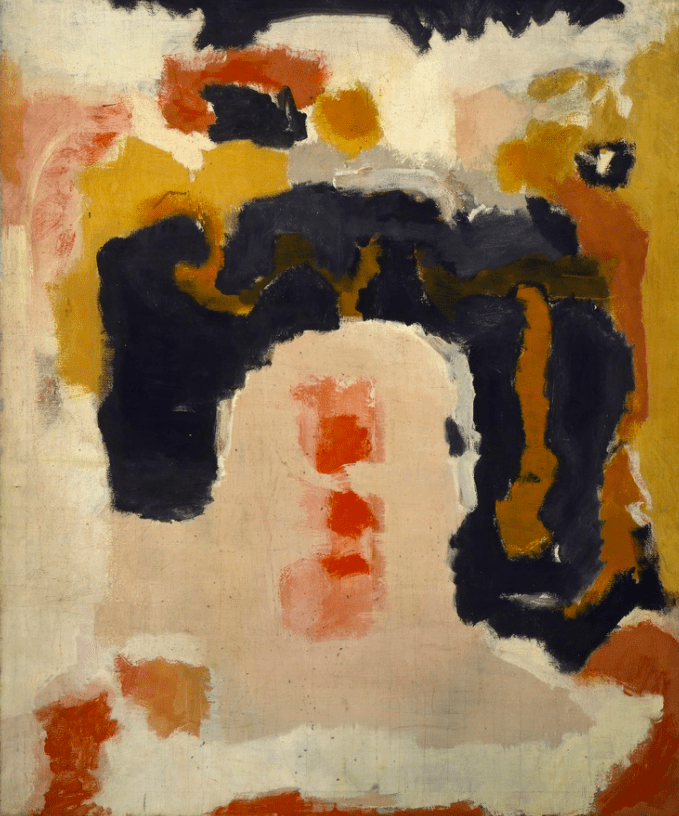
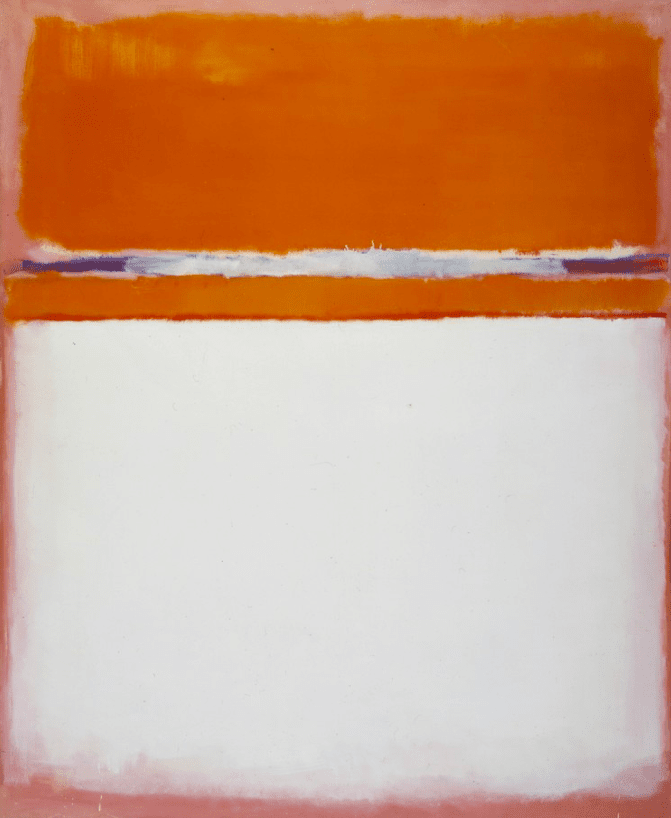
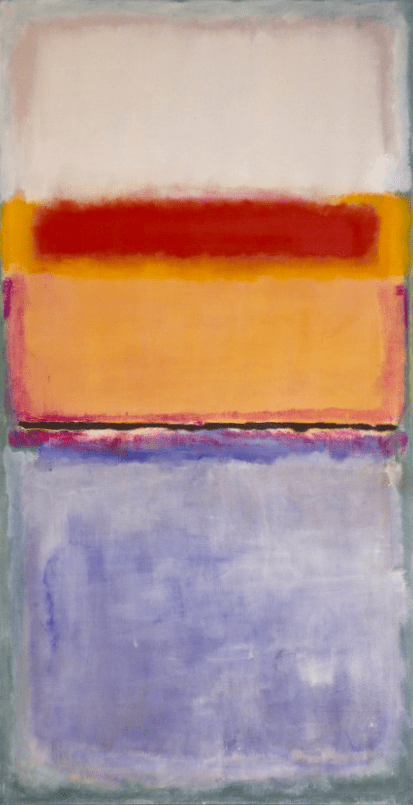
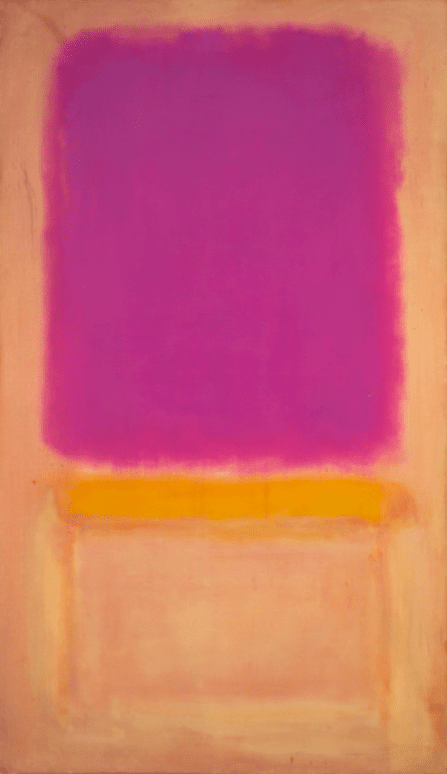
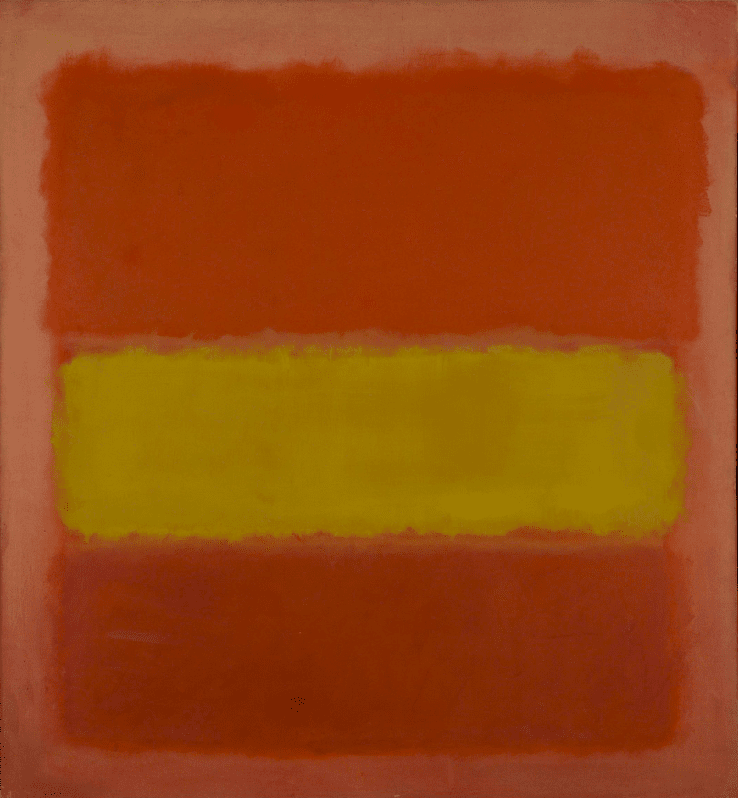
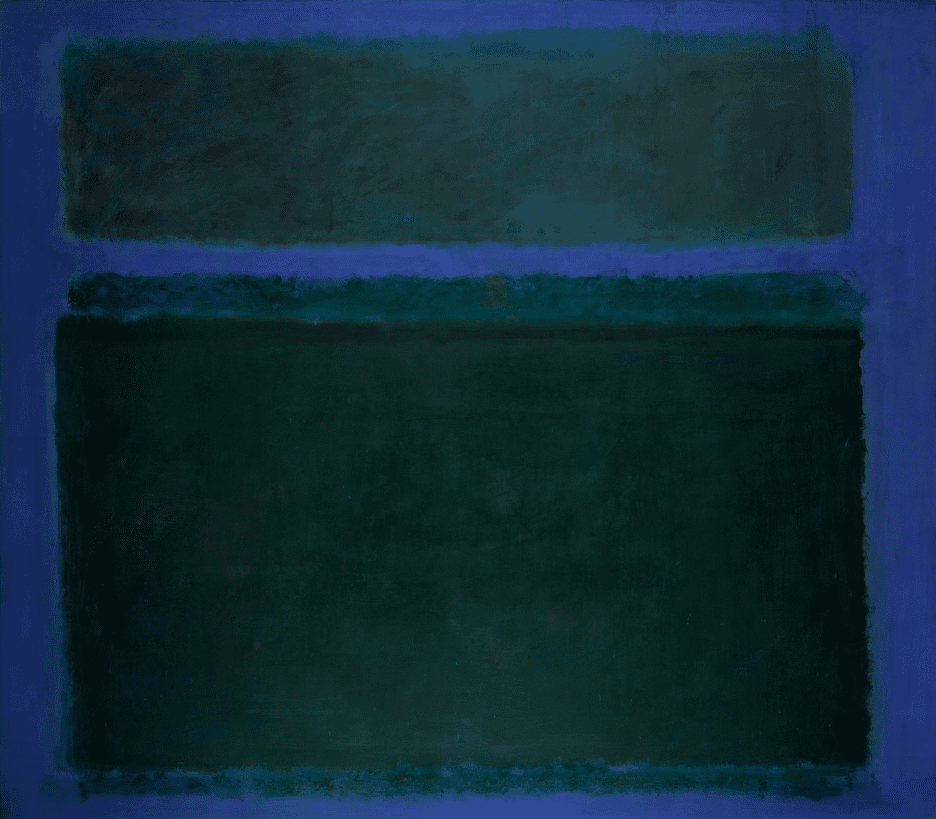
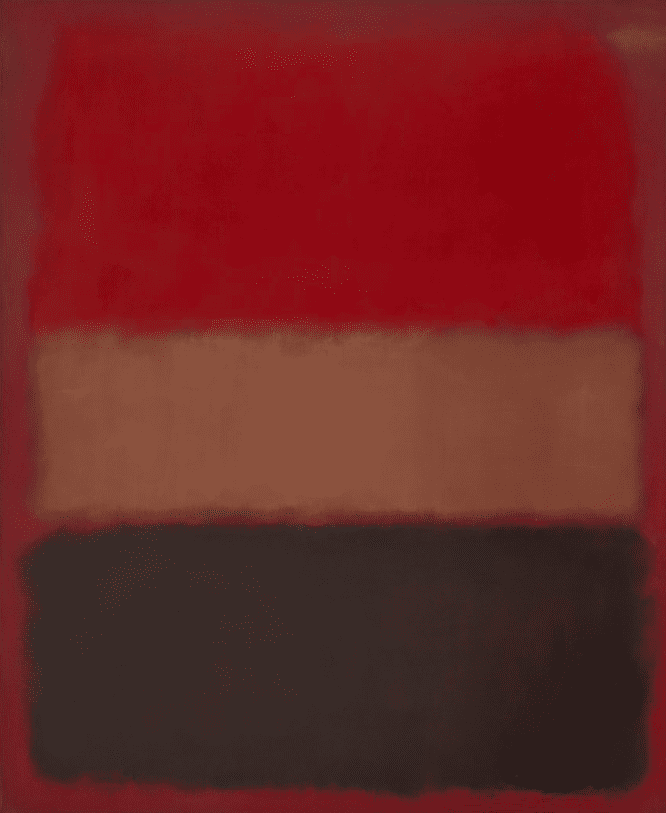
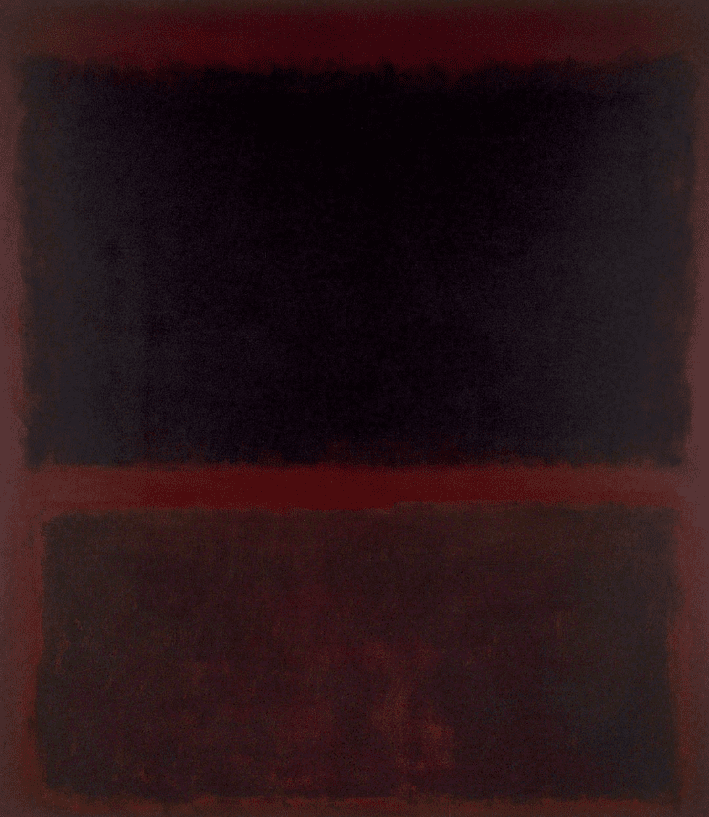
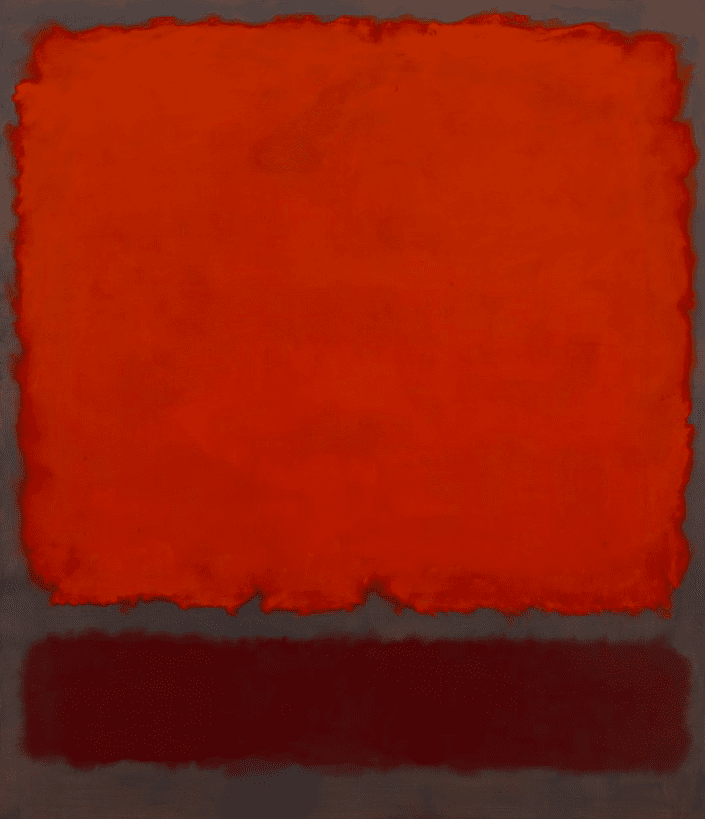
Notes:
[1] National Gallery of Art, Mark Rothko at https://www.nga.gov/features/mark-rothko.html consulted 17/2/2022.
[2] National Gallery of Art, Mark Rothko: Early Years at https://www.nga.gov/features/mark-rothko/mark-rothko-early-years.html consulted 17/2/2022.
[3] Pace Gallery, Mark Rothko at https://www.pacegallery.com/artists/mark-rothko/ consulted 18/2/2022.
Last Updated on May 3, 2023

A Studio Visit During the La BIBI Residency
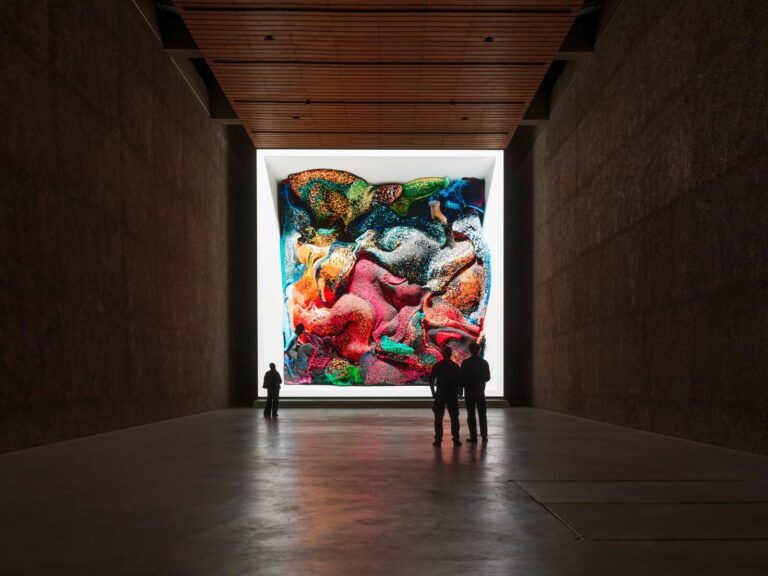
A Reasoned Anthology